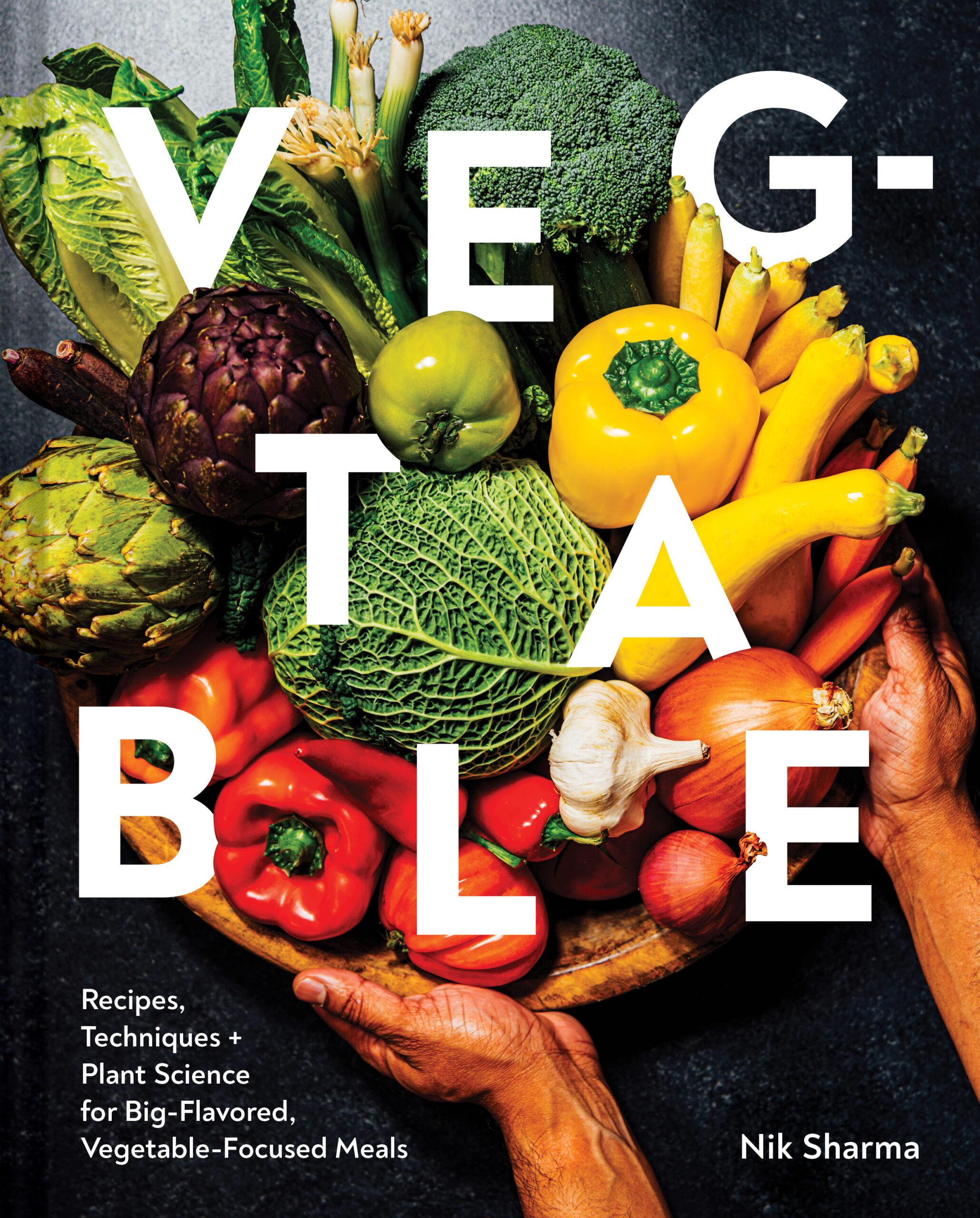
Salt is the simplest ingredient in the kitchen, yet it holds the power to transform every other ingredient it touches. From the first sprinkle on a tomato to the final pinch over a finished dish, salt is chemistry at work — shaping texture, enhancing aroma, and balancing flavor.
Understanding how and when to use salt is one of the most important lessons any cook can learn.
What Salt Really Does
At the molecular level, salt is sodium chloride (NaCl). When it dissolves in water, it splits into sodium [Na⁺] and chloride [Cl⁻] ions. These charged particles interact with proteins, starches, and even taste receptors on your tongue.
Salt’s influence goes far beyond making food “salty.” It:
- Enhances perception of sweetness and suppresses bitterness (Baingan Bharta).
- Strengthens or softens protein networks, depending on timing.
- Draws moisture out through osmosis, creating texture.
- Unlocks volatile aroma molecules that carry flavor to your nose.
In short, salt is both a chemical catalyst and a sensory amplifier.
Timing Matters
How and when you add salt determines its effect.
- Before cooking:
- Salt penetrates food by diffusion, seasoning evenly.
- It dissolves surface proteins in meats and helps retain moisture.
- Vegetables salted early release water through osmosis, which can concentrate flavor before cooking.
- During cooking:
- Salt in water raises the boiling point slightly and improves heat transfer.
- In soups, sauces, and stews, salt dissolves gradually and balances acidity or bitterness.
- In baking, salt strengthens gluten, improving structure.
- After cooking:
- A finishing sprinkle adds bursts of concentrated flavor.
- Coarse flakes (like Maldon) provide texture and release aroma as they dissolve on the tongue.
Salt is both an ingredient and a technique.
The Science of Osmosis and Diffusion
When salt meets food, it starts moving. Osmosis draws water out of cells, while diffusion carries salt ions inward. Over time, equilibrium forms — a balance of salt and water across cell membranes.
This is why brining a chicken and turkey with salt works so well. At first, salt pulls moisture to the surface. As time passes, that salty liquid is reabsorbed, seasoning the meat deeply. The same principle explains why salted eggplant or zucchini loses water before cooking — salt helps manage texture by controlling water.
Salt and Texture
Salt can tenderize or firm depending on the situation:
- In meat, salt partially dissolves muscle proteins, helping them hold water and stay juicy .
- In bread dough, salt tightens gluten, giving strength and chew.
- In vegetables, salt pulls out water, intensifying flavor and changing crispness.
Cooking is always a negotiation between structure and flavor, and salt is the mediator.
Taste Perception and Balance
Salt interacts directly with taste receptors, amplifying sweetness and umami while muting bitterness. This is why even desserts use a pinch of salt — not to make them savory, but to make them taste more vivid.
When used well, salt creates harmony between taste sensations:
- It balances acid (as in lemon or vinegar – try this Herb Lemon Chicken Soup).
- It heightens sweetness (as in caramel – try this Caramel Popcorn Ice Cream).
- It sharpens aroma perception because some volatile compounds are released more easily in saline conditions, such as the ripeness of tomatoes, intensifying the perceived “tomato-ness”.
Salt makes flavors more three-dimensional.
Types of Salt
Chemically, all salt is sodium chloride, but the crystal shape, density, and trace minerals affect how it feels and tastes.
- Table salt: small, uniform crystals that dissolve quickly; ideal for baking.
- Kosher salt: larger flakes, easy to control when seasoning.
- Sea salt: retains trace minerals and subtle flavor differences depending on origin.
- Flake salt: light, airy crystals perfect for finishing.
Different salts measure differently by volume: Always measure by weight for precision.
| 1 tsp (in grams) | |
| Fine Sea Salt | 5.7 |
| Diamond Crystal Kosher Salt | 3.3 |
| Morton’s Kosher Salt | 6.2 |
| Coarse Salt | 6.2 |
Salt and Heat
Salt influences how food responds to heat. In salted water, the boiling point increases slightly — by about 1°F [0.5°C] for every 58 grams of salt per liter. While the effect is small, the presence of salt improves thermal transfer, helping food cook more evenly.
On meats, salt encourages browning by drawing surface moisture out early, allowing the Maillard reaction to occur more efficiently.
How to Use Salt Thoughtfully
- Taste as you cook. You can always add more, but balance takes practice.
- Layer salt at different stages for complexity — early for depth, late for brightness.
- Use texture strategically. Flaky salts for finish, fine salts for even seasoning.
- Consider the ingredient’s natural saltiness. Anchovies, cheeses, and soy sauce contribute too.
The Emotional Side of Salt
Salt is woven into every culture’s story, from sea harvests to sacred rituals. It preserves, purifies, and seasons, turning survival into pleasure. Every grain carries chemistry, but also memory.
When you reach for salt, you’re not just seasoning food; you’re shaping experience.
Key Takeaway
Salt is the simplest ingredient and the most powerful. It enhances flavor through chemistry, texture through structure, and emotion through memory. Mastering salt means mastering how flavor feels.
Related Recipes:
Related Reading:
- The Science of Boiling Water: Understanding Heat, Pressure, and Flavor in the Kitchen
- In Defense of Not Using Kosher Salt
Learn more in my book: The Flavor Equation: The Science of Great Cooking Explained

